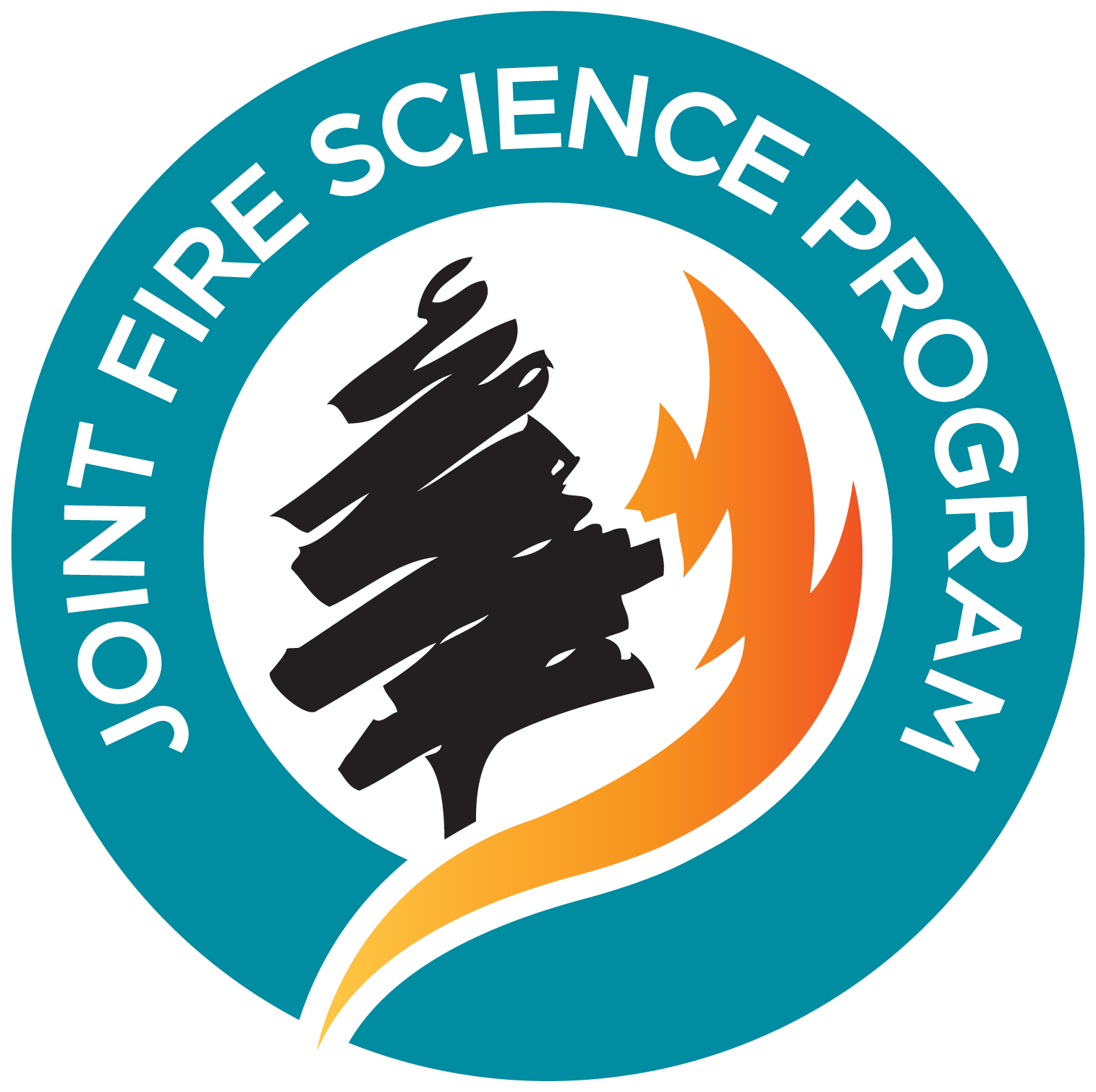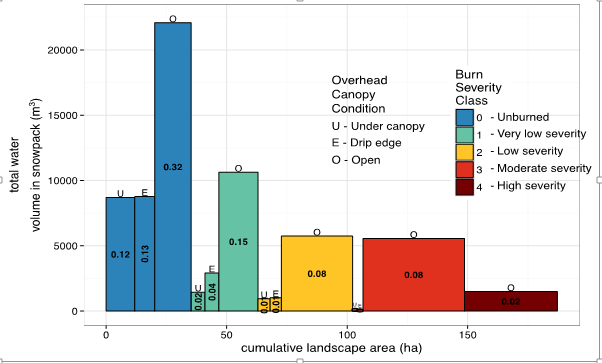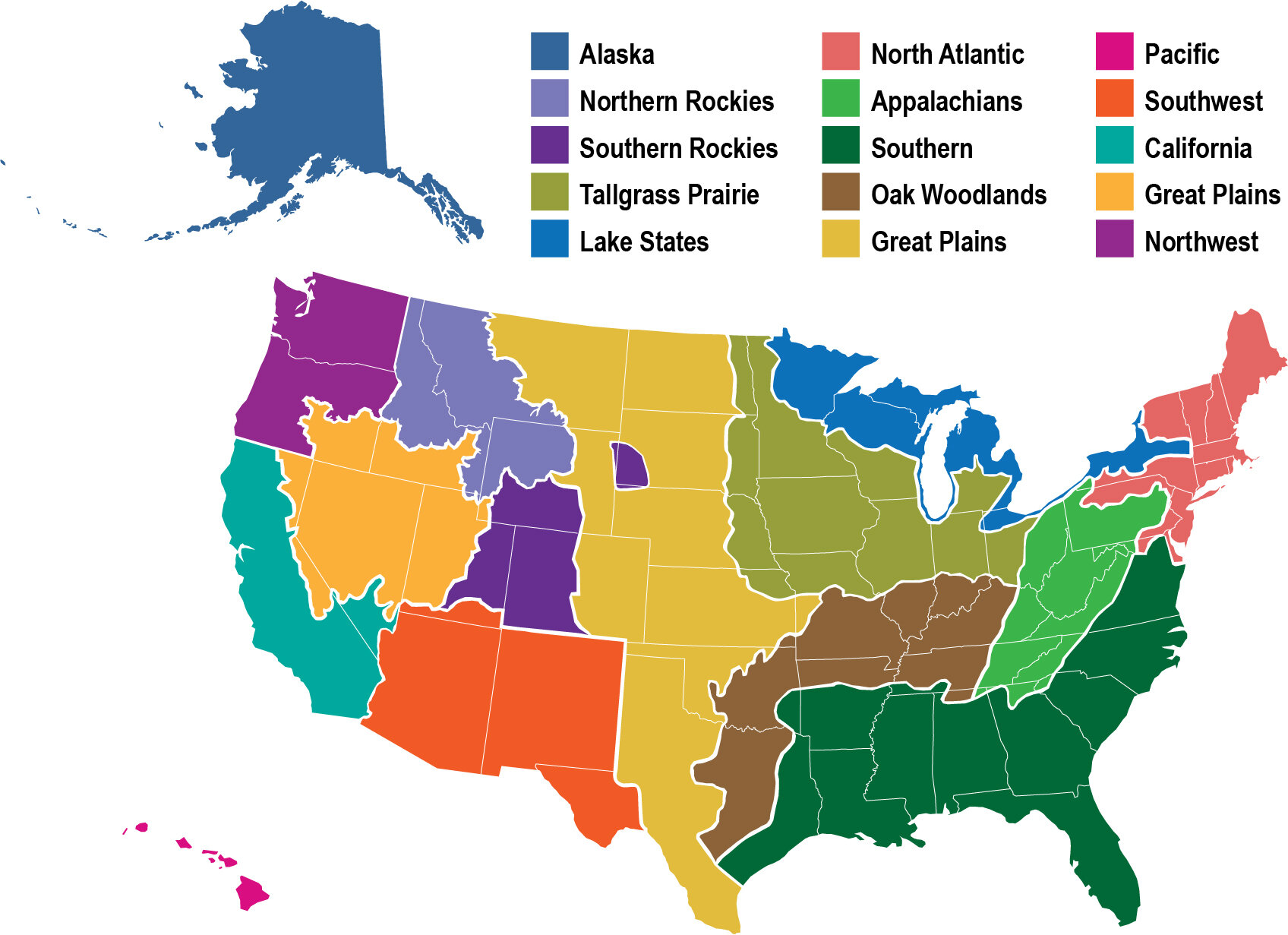Fire severity impacts on winter snowpack: Research Brief
/Fire is a strong driver of changes in montane forest structure in California’s Sierra Nevada and southern Cascade mountain ranges, which provide much of the snowpack and associated water storage for the state of California. This paper investigates how fire can influence snowpack and water storage.
Read More







